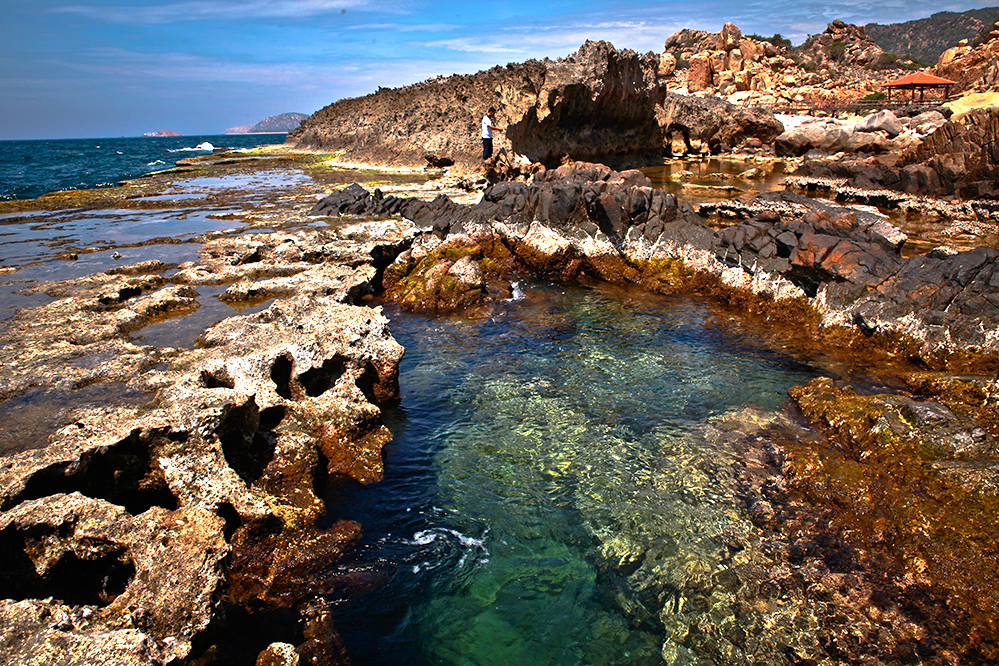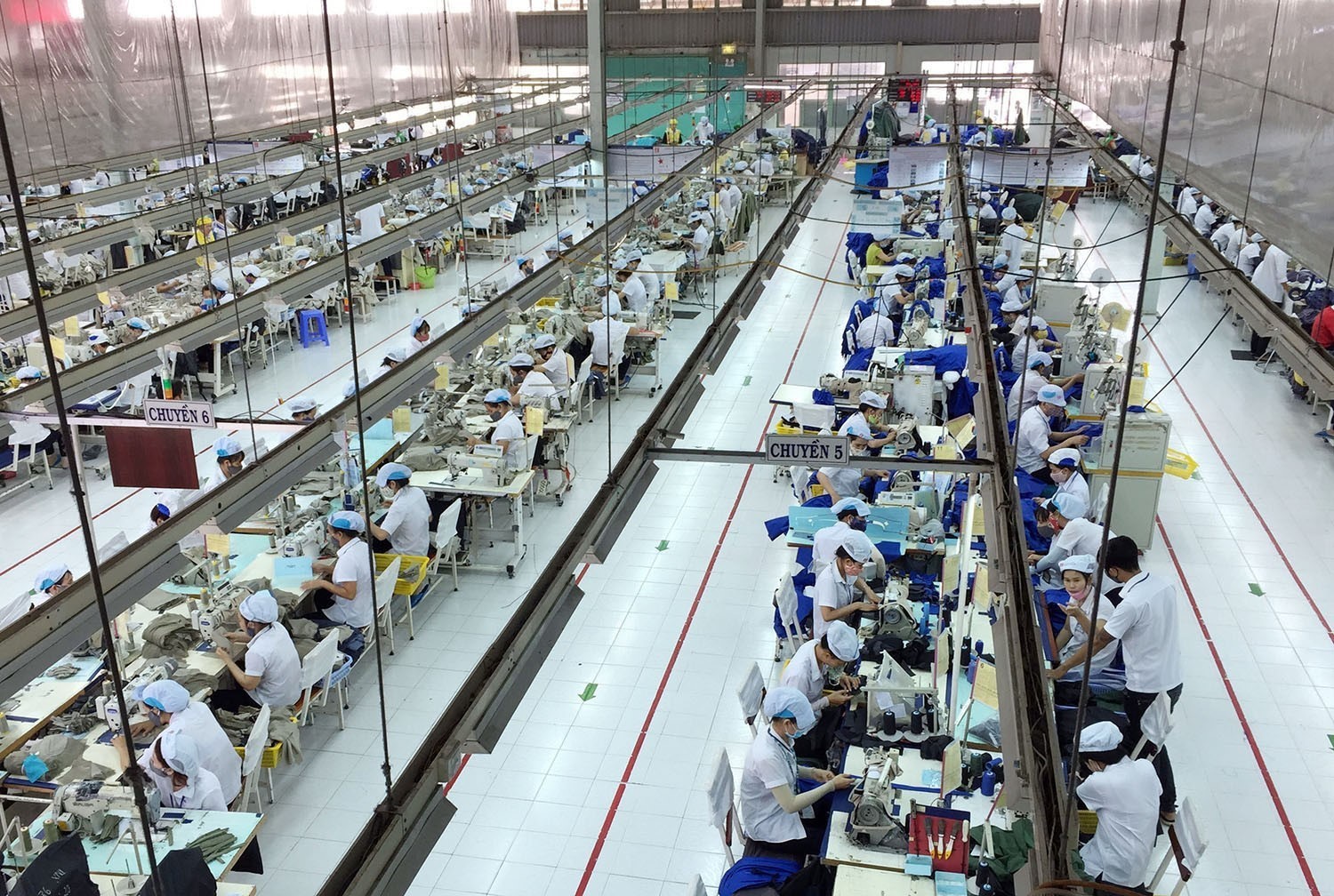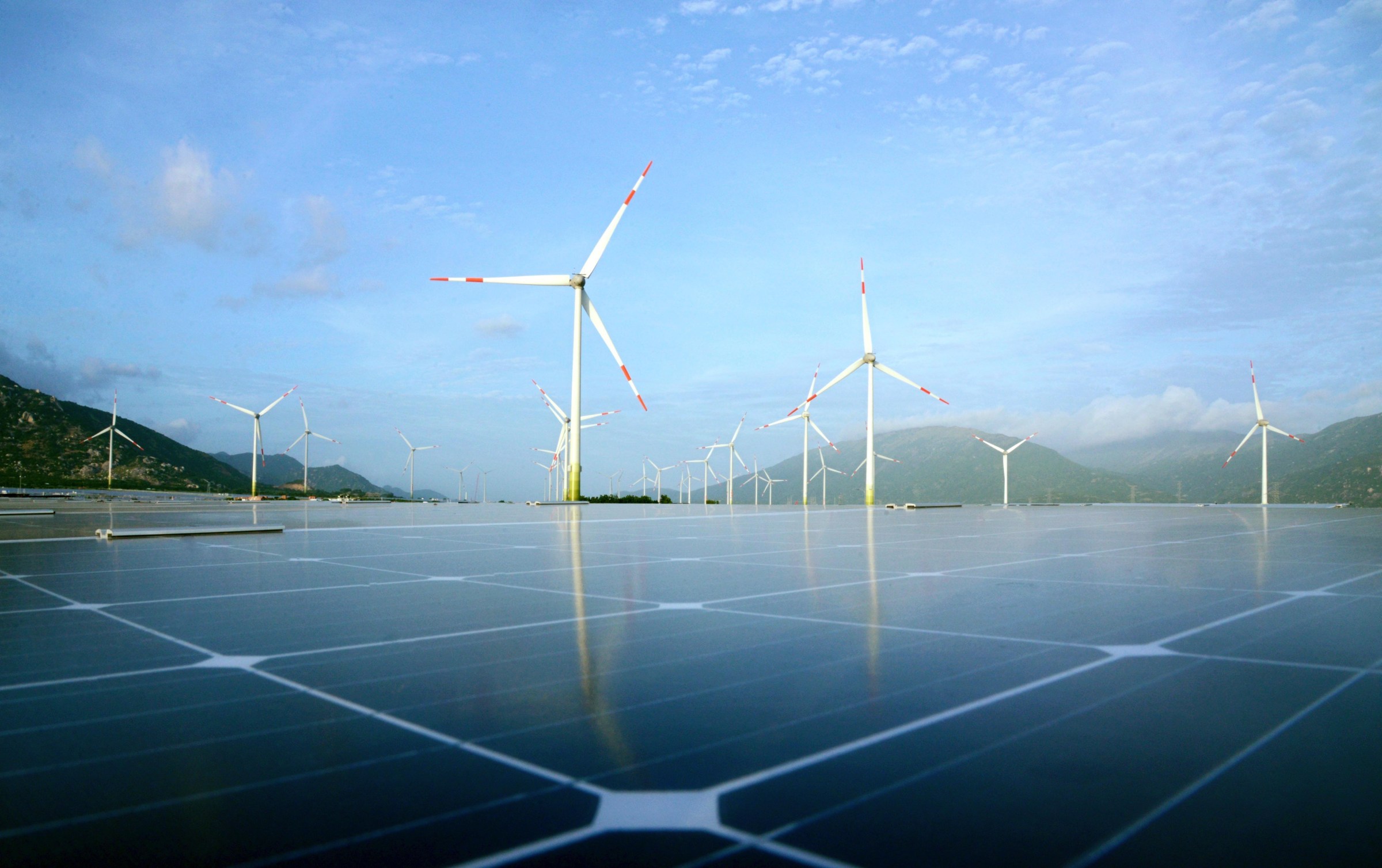
Since its re-establishment 30 years ago, the southcentral province of Ninh Thuan has been exerting efforts to make breakthroughs towards dynamic and sustainable development.

On December 26, 1991, during its 10th session, the 8th-tenure National Assembly decided to divide Thuan Hai province into Ninh Thuan and Binh Thuan provinces. On April 1, 1992, Ninh Thuan was re-established with four district-level entities, namely Phan Rang – Thap Cham, Ninh Son, Ninh Hai, and Ninh Phuoc.
Chairman of the provincial People’s Committee Tran Quoc Nam said since then, many mechanisms and policies have been issued to create a favourable legal corridor for socio-economic development in Ninh Thuan. Besides, Vietnam’s intensive and extensive integration in the “Doi moi” (Renewal) period, as well as national industrialisation and modernisation, has brought about numerous opportunities for the local development.
The first 10 years since its re-establishment (1992 – 2000) was the time Ninh Thuan faced an array of challenges and had to invest resources in addressing difficulties and identifying orientations for its growth.
In the following decade (2001 – 2010), the province managed to effectively capitalise on its potential and advantages, thus achieving moderate and relatively comprehensive growth. Its economy in 2010 expanded by 5.7 folds from 2000, rising 8.31 percent annually on average.
Over the last 10 years, it has raised its stature and boosted all-round, fast, and sustainable development with a new mindset. In particular, the Government’s Resolution No. 115/NQ-CP, dated August 31, 2018, has created conditions for Ninh Thuan to optimise local potential and competitive edges while strongly attracting investment, especially as it has been envisioned to become an energy and renewable energy centre of Vietnam, according to Nam.





He noted over past three years, despite many difficulties caused by the COVID-19 pandemic, the province has remained one of the fastest growing localities nationwide, ranking fourth among the 63 provinces and cities.
Over the development course, Ninh Thuan has gained a facelift, with modern and uniform infrastructure built and many urban areas taking shape. From a province with underdeveloped infrastructure, it now boasts seaport, railway, road, and irrigation systems and is gradually establishing itself as an energy and renewable energy centre of the whole country.
Tourism is on its way to become a key economic sector in the context that a number of local destinations have been planned to become national tourism sites. While industrial parks and clusters have proved to be magnets to investment, the zones designated to serve as economic engines are coming into being.










Despite many difficulties caused by the COVID-19 pandemic, the province has remained one of the fastest growing localities nationwide, ranking fourth among the 63 provinces and cities.

Ninh Thuan targets average annual growth of 10.84 percent for 2021 – 2030. To that end, it is pushing ahead with economic restructuring, growth model reform, science – technology application, innovation, digital transformation, development of a digital economy and digital society, and improvement of economic competitiveness.
Chairman Nam said in the coming time, the province will step up administrative procedure reform, investment climate improvement, and competitiveness enhancement.

It will also focus on developing the key and potential sectors into growth drivers, particularly energy, renewable energy, high-end tourism, high-tech agriculture, maritime economy, urban economy, and its southern key economic zone.

In addition, the province will mobilise maximum resources for completing infrastructure, with priority to transport, seaport, irrigation, urban, industrial, power transmission, digital information, health care, education, cultural, and tourism facilities, in order to meet requirements in socio-economic development, environmental protection, and climate change response, the official added./.
Related stories:
https://en.vietnamplus.vn/ninh-thuan-has-ambitious-plans-to-develop-seabased-economy/222880.vnp
https://en.vietnamplus.vn/ninh-thuan-to-spend-nearly-32-million-usd-on-poverty-reduction/223506.vnp